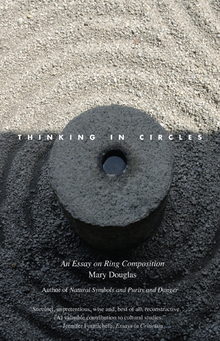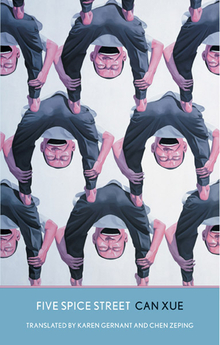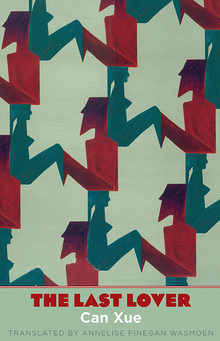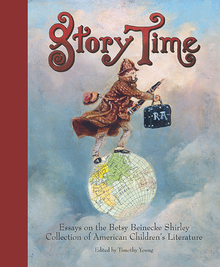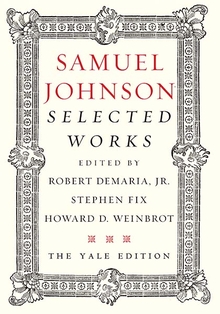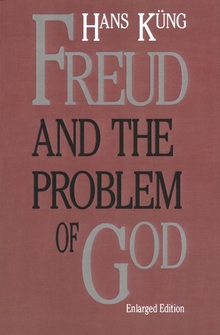Thinking in Circles
WARNING
You are viewing an older version of the Yalebooks website. Please visit out new website with more updated information and a better user experience: https://www.yalebooks.com
An Essay on Ring Composition
Mary Douglas
Exploring beyond the usual boundaries of social anthropology, a leader in the field shows why our readings of ancient literary texts may be off the mark
Many famous antique texts are misunderstood and many others have been completely dismissed, all because the literary style in which they were written is unfamiliar today. So argues Mary Douglas in this controversial study of ring composition, a technique which places the meaning of a text in the middle, framed by a beginning and ending in parallel. To read a ring composition in the modern linear fashion is to misinterpret it, Douglas contends, and today’s scholars must reevaluate important antique texts from around the world.
Found in the Bible and in writings from as far afield as Egypt, China, Indonesia, Greece, and Russia, ring composition is too widespread to have come from a single source. Does it perhaps derive from the way the brain works? What is its function in social contexts? The author examines ring composition, its principles and functions, in a cross-cultural way. She focuses on ring composition in Homer’s Iliad, the Bible’s book of Numbers, and, for a challenging modern example, Laurence Sterne’s Tristram Shandy, developing a persuasive argument for reconstruing famous books and rereading neglected ones.
“The importance of this book consists in the fact that it is Mary Douglas, an extraordinarily influential anthropologist, who seeks to make cross-cultural sense of the literary phenomenon, ‘ring composition.'"—Harold Attridge, Yale Divinity School
“Mary Douglas’s mission is to rescue great works of art from the trash heap in which they may have been thrown for lack of understanding, precisely, of their ring structure. In this she certainly succeeds.”—Leonard C. Muellner, Brandeis University
"Not since Levy-Strauss has any anthropologist done so much to cast light on literary problems as Mary Douglas. Everything she touches she illuminates."—Gabriel Josipovici, author of The Book of God: A Response to the Bible
Publication Date: September 28, 2010
14 b/w illus.

